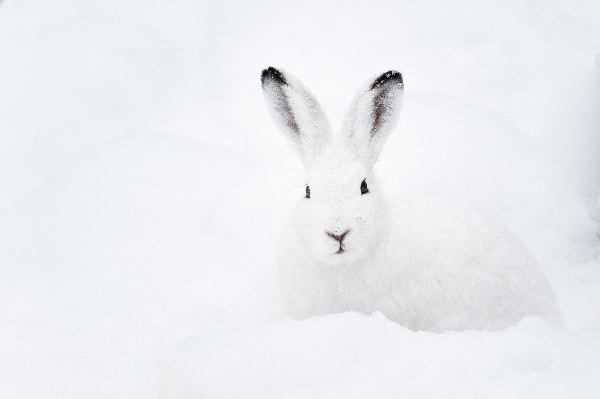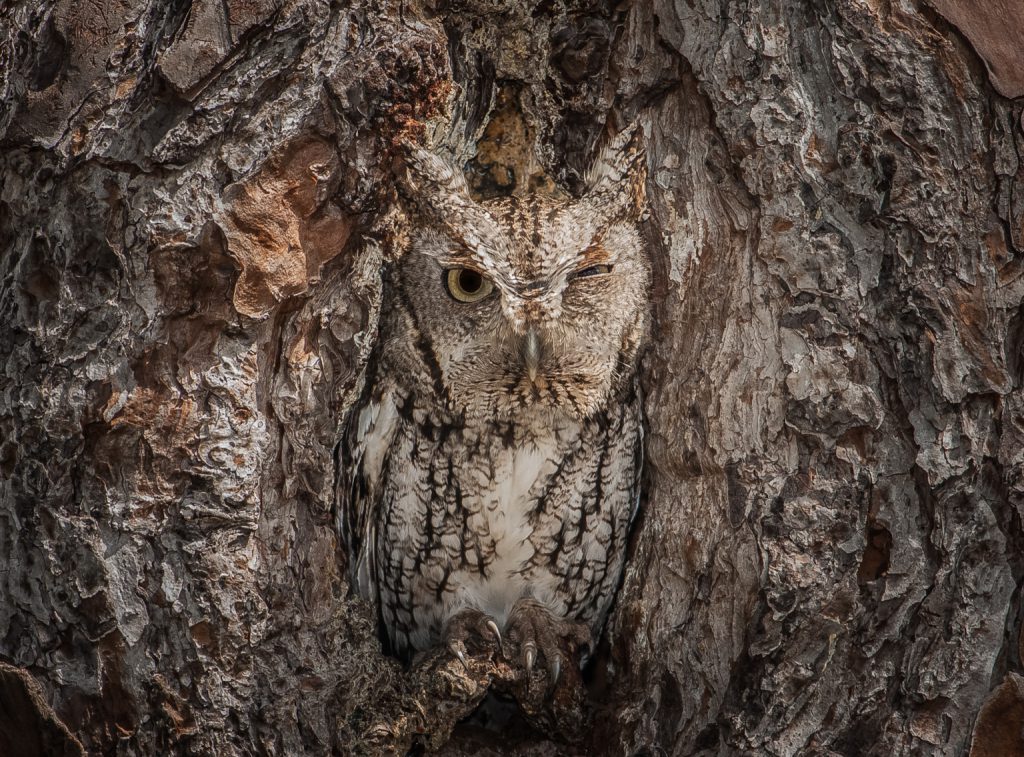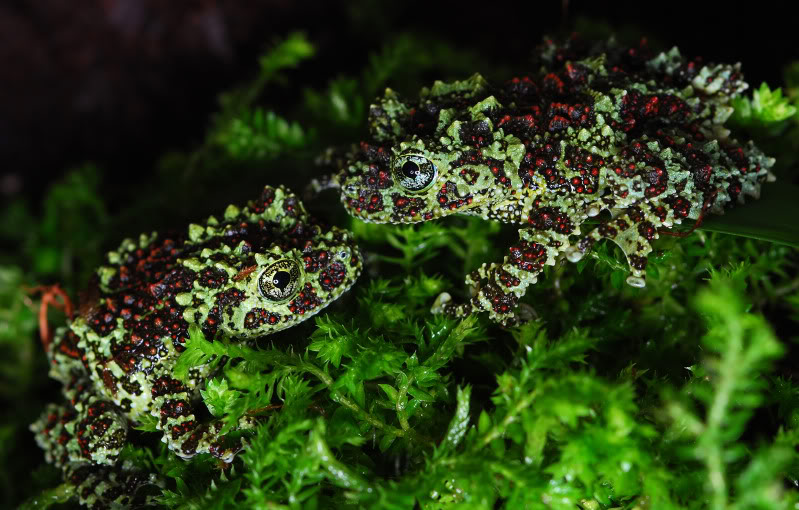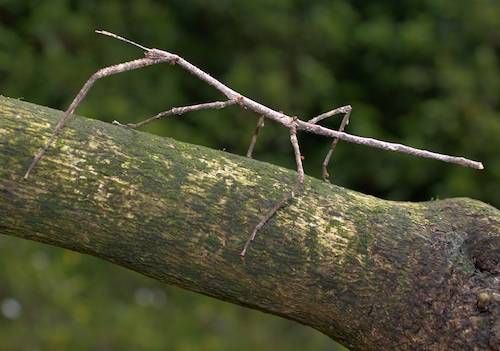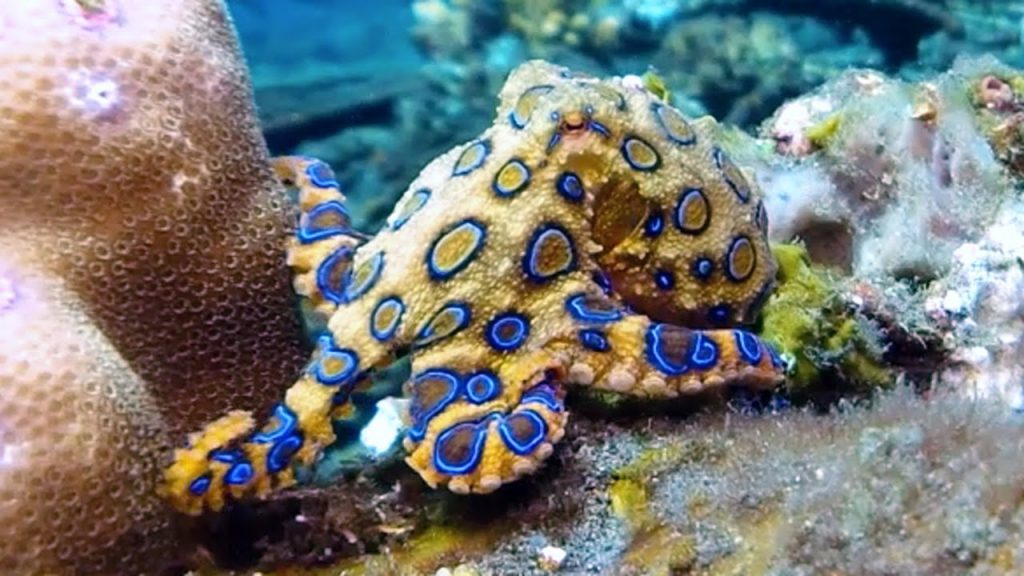Camouflage is nothing new in the animal kingdom. It’s used by predators so that they can surprise their prey, and it’s used by some animals in an effort to avoid becoming prey. Some animals merely use their fur or skin color to blend in, while others can mimic shapes, colors, textures, and even behaviours – making them true masters of camouflage.
Blending into your environment is a good strategy if you’re trying to avoid becoming somebody’s lunch. Different animals find different ways of hiding themselves.
The four types of camouflage are:
- Concealing coloration: Hiding against something that is the same color. This is a basic form of camouflaging. An example would be a brown deer blending into the brown forest, or a white rabbit blending in with the snow.
- Disruptive coloration: When an animals fur or skin is covered in stripes, spots, and patterns, this is disruptive coloration. Tigers, Leopards, and Zebras are some good examples here.
- Disguise: This form of camouflage is typically seen with insects and involves blending in through shape or texture rather than with color.
- Mimicry: Using mimicry can help animals to appear to be something they are not. Stick bugs make themselves appear to be sticks so they won’t get eaten. Some moths and butterflies make themselves look like poisonous species so that they avoid being eaten by birds and other predators.
There are many fascinating examples of camouflage in nature. While many animals use camouflage, only a few have mastered the art of blending in with their surroundings. Chameleons often come to mind when discussing animal camouflage, but today we’re talking cephalopods. Squid, cuttlefish, and octopi make up the cephalopod family.
These animals have a unique ability change not only the color of their skin in an instant, they can also change the texture of their skin to match their surroundings, and mimic other animals to avoid detection. When scientists have observed squid skin they see what are called chromatophores. They are pigments in the skin that reflect and change shape to change their skin color. The chromatophores are always moving, ready to change in a moment’s notice. When cephalopods change they match the color and texture that they are changing to by sight, an impressive feat considering that these animals have been thought to be colorblind.
New research has provided a new theory on how cephalopods are able to color match so well, and it comes down to the shape of their pupils. They have a U-shaped pupil that may allow them to determine color based on if it is focused on their retina. More on this exciting theory can be read here.
The different ways that nature helps animals disguise and adapt is amazing. Whether it’s the spots on a leopard, or an octopus changing its appearance to look like a coral snake, we’re impressed!

